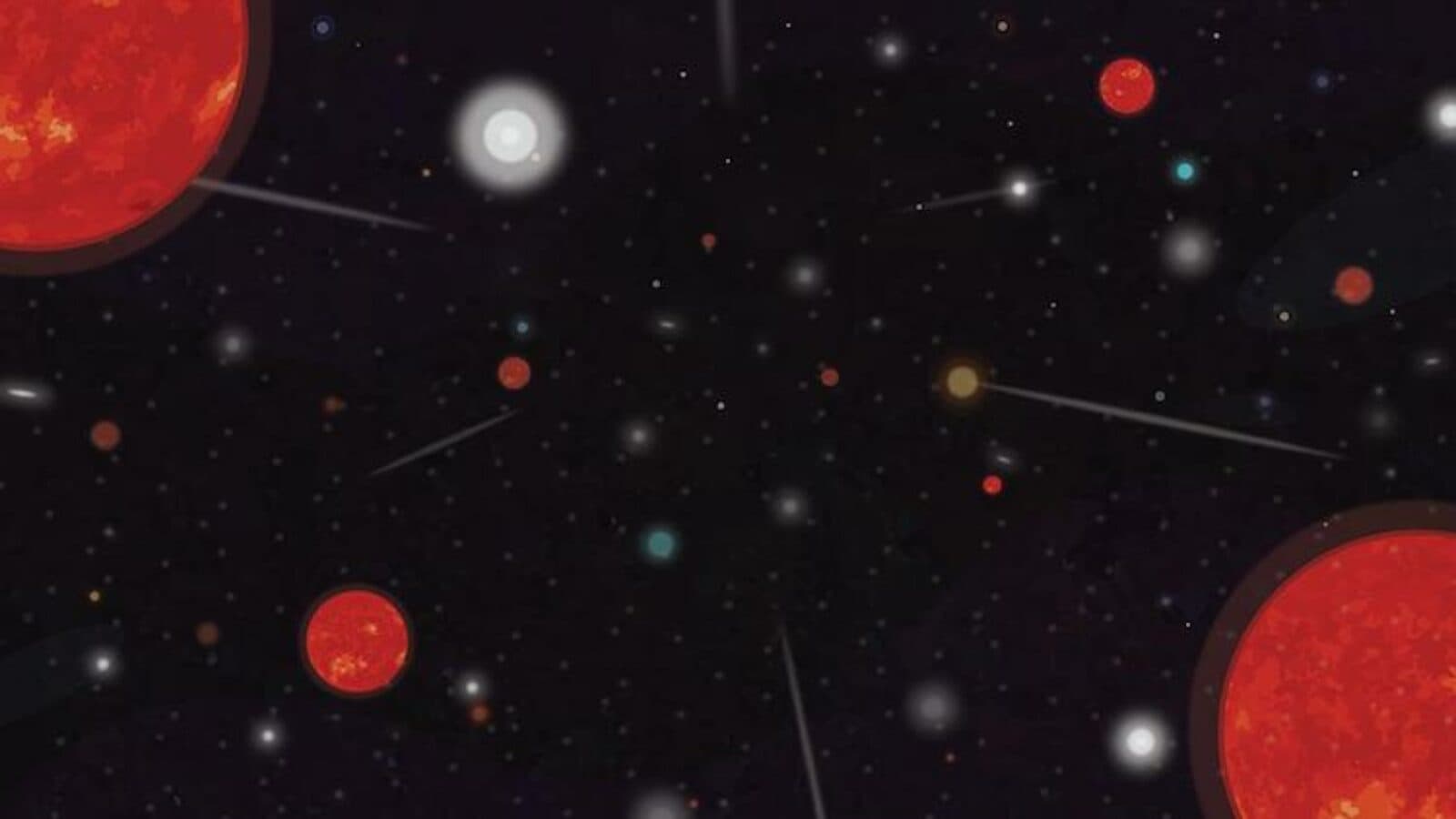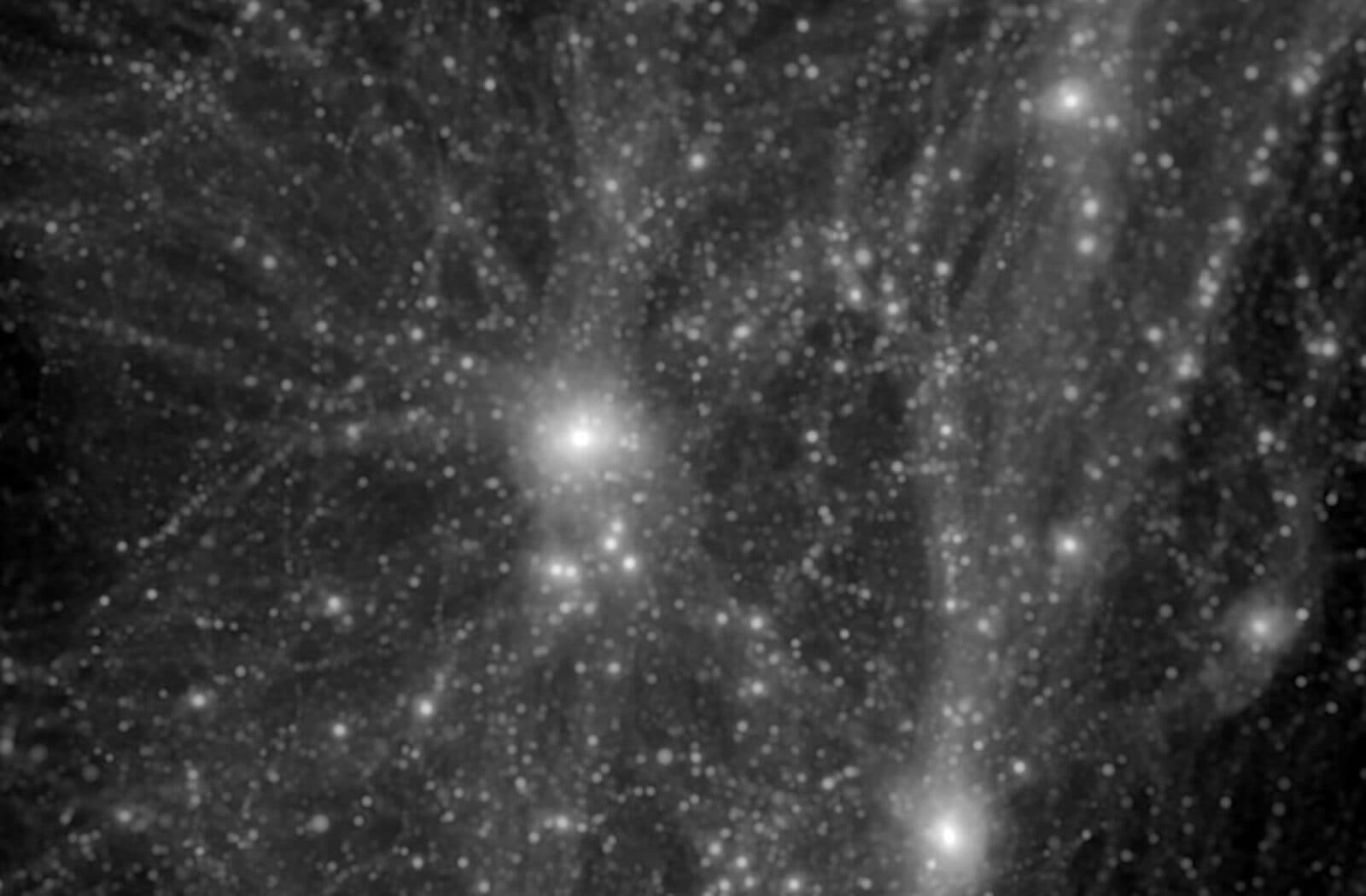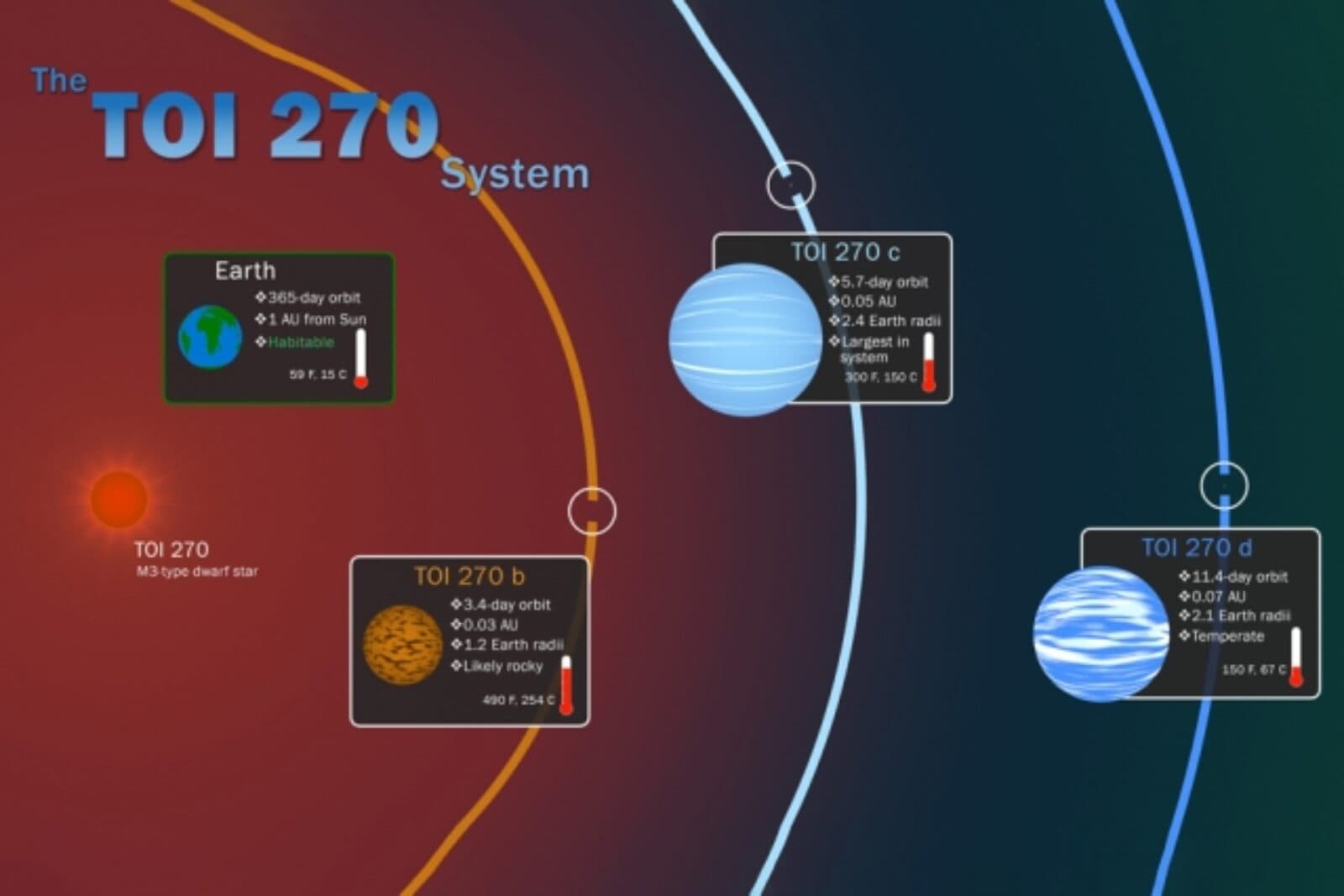At the Edge of Knowledge
by Adam Hadhazy
A batch of new findings remind us that despite how much we seem to know, there is much we don't

The Author
Science is all about forging beyond a comfortably familiar, yet incomplete perspective and out into the wilds to search for grander truths. The Kavli Astrophysics Institutes carried on this quintessentially human urge for restless exploration in July 2019. New results shed fresh light on dark matter, one of the most confounding subjects of modern astrophysics. Reams of evidence say this substance is all around us, outnumbering "normal" matter six to one, but still defying direct perception. Dark matter, if it indeed exists, must be hiding in spaces we haven't looked as unbelievably aloof particles that we might hope to someday collar. Meanwhile, exoplanets—worlds outside our solar system—continue to confound researchers' expectations, based on the admittedly limited ample size of planets here in our immediate cosmic neighborhood. Driving home the point of our knowledge's limitations is the simmering debate about a fundamental parameter of existence: the expansion rate of the universe itself. Different methods, robust in their own way individually, keep giving us discordant values for this key cosmic value. All in all, it goes to show that a scientist's work is never done. The goal posts keep moving, but we humans wouldn't have it any other way. Onward!
A research team including Ian Crossfield and Diana Dragomir of the Kavli Institute for Astrophysics and Space Research (MKI) at the Massachusetts Institute of Technology has for the first time probed the atmosphere of an exoplanet with a mass between that of Earth and Neptune. The light signatures streaming from the planet revealed it has a Jupiter-like composition of strictly hydrogen and helium, rather than harboring some heavier elements like Neptune. The findings offer new insights into how and where planets can form around stars.
Estimates of the number of small satellite galaxies chumming around with our big galactic home the Milky Way, point to dark matter interacting with normal matter a thousand times weaker than even suspected. Dark matter is a poorly understood theoretical substance that acts like a scaffold for building galaxies. Risa Wechsler, director of the Kavli Institute for Particle Astrophysics and Cosmology (KIPAC) at Stanford University, and grad student Ethan Nadler led the study.

A new measurement of the expansion rate of the universe, courtesy of giant red stars observed by Wendy Freedman of the Kavli Institute for Cosmological Physics (KICP) at the University of Chicago and colleagues, falls in the middle of the perplexingly conflicting rates arrived at by equally well-supported methods. Could we be getting closer to the true answer, which has profound implications for the origin and fate of the cosmos? Or has the mystery just deepened?
The Transiting Exoplanet Survey Satellite (TESS)—developed, built, and operated by members of MKI—has discovered three new exoplanets around a nearby star, two of which fall in a poorly understood super-Earth / mini-Neptune mass and size range. Deeper investigations of the readily studied alien worlds could help solve mysteries of planet formation.

A powerful next-generation dark matter hunter, the LUX-ZEPLIN (LZ) experiment, has received most of its constituent components at its protected, pristine sensing location in a mine under South Dakota. Numerous Kavli Institute for Particle Astrophysics and Cosmology (KIPAC) members work on LZ. They have just delivered four high-voltage, metal-mesh grids that measure five feet each in diameter. These sensors are intended to detect preciously rare signals of dark matter particles interacting with xenon atoms in the 10-ton tank at the heart of LZ.